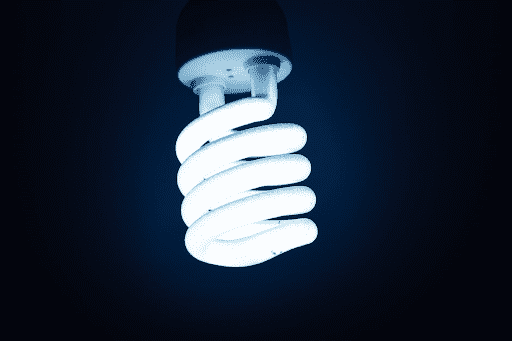The word sustainability has been popping up more and more in the past few years. It may sound like a buzzword, but it’s really just about using resources responsibly.
One area that is often overlooked when we talk about sustainable practices is how we light buildings. There are many different types of lighting that can be used in place of traditional lighting, which is wasteful and expensive for building owners. The important thing to know about sustainable technologies is what they offer and their limitations so you can make an informed decision on which one might work best for your needs.
This article will highlight some of the more popular technologies and discuss their advantages, disadvantages, and costs.
1. What Are Different Types Of Sustainable Lighting?
Contents
Sustainable lighting includes natural, fluorescent, compact fluorescent, solar lighting, and low-intensity electric lamps.
Natural lighting basically means using windows to allow light in. Windows are the most efficient form of lighting because they collect both direct and indirect light, which is why natural light can be 10 times more effective than artificial lighting at reducing electricity usage.
Fluorescent lighting is very popular because it has a long lamp life, low energy consumption, low heat output, and a wide variety of sizes and shapes. It is used mainly in office buildings, stores, and parking structures.
Compact fluorescent lighting (CFL) is a further development of the fluorescent light bulb. These bulbs are more efficient than standard fluorescents because they use electricity more efficiently. They are often used in homes and retail shops.
Solar lighting is derived from solar cells, which are large panels of cells that collect the sun’s energy. These lights have a long life and can be installed in remote locations where they don’t have access to grid power. If you want to know more, you can look for a solar lights guide online. Since it comes in many forms, you have to know which ones are good.
Low-intensity electric lamps are often used in remote locations because they are cheaper than solar lighting. They can be powered by batteries or generators and may require an expert to install them properly.
2. What Are The Benefits Of Sustainable Lighting?
Sustainable lighting is beneficial because it conserves energy, which saves money. It also reduces the amount of greenhouse gases produced by buildings, which helps protect the environment. Sustainable lighting is also more durable than the traditional one.
Some types of sustainable lighting like solar cells are environmentally friendly because they don’t produce any emissions. Others like CFLs use fewer resources to create and contain more light than traditional lamps.
3. What Are The Limitations Of Sustainable Lighting?
The main limitation of sustainable lighting is that it may cost more in some cases to install. For example, energy from solar cells doesn’t cost you anything, but installing them can be expensive.
On the other hand, sometimes weather conditions can also be a limitation. Natural lighting must be used in tandem with electric lighting when the weather doesn’t permit enough sunlight into a building.
Another disadvantage of sustainable technologies is that they are often not as bright as traditional lighting. However, these disadvantages are nothing compared to all the benefits.
4. How Do You Choose The Right Lighting?
Choosing the right sustainable lighting depends on what you want to achieve. If you just want to reduce your energy costs then natural and fluorescent lighting might be enough. Solar lighting is ideal for remote locations where it’s difficult to get electricity. CFLs are good for general office lighting and low-intensity electric lamps are good for lighting up dark areas.
The best choice of sustainable lighting will be the one that satisfies your needs while being environmentally friendly.
5. What Is The Future Of Sustainable Lighting?
Sustainable lighting is becoming more popular thanks to increased awareness about its benefits. Manufacturers are taking advantage of this by producing more sustainable lighting options while reducing costs.
New technology is being created every day to make sustainable lighting even better. For example, some companies have created luminescent solar concentrators, which use lenses and mirrors to direct natural light down a tube where it’s converted into electricity.
6. Who Is Using Sustainable Lighting?
Many businesses and state organizations are using sustainable lighting in their buildings to save energy and money. For example, IKEA is using sustainable lighting in their stores to save energy and meet environmental regulations.
Some cities are trying to use sustainable lighting more in public spaces through big projects. The green trend is also catching on in residential areas. Homeowners are installing solar panels or CFLs in their homes to reduce their energy costs while protecting the environment.
Sustainable lighting has become a hot topic of conversation in the architectural world. Not only are these types of lights often more durable than traditional ones, but they can also help you save money on energy costs and reduce your carbon footprint. The green trend is catching on with many businesses and state organizations installing sustainable light fixtures to meet environmental regulations or cut their electricity bills. If you were thinking about switching your lighting to a more environmentally conscious technology, then hopefully this article has given you a good idea of the benefits that sustainable lighting can bring to your building or house.

